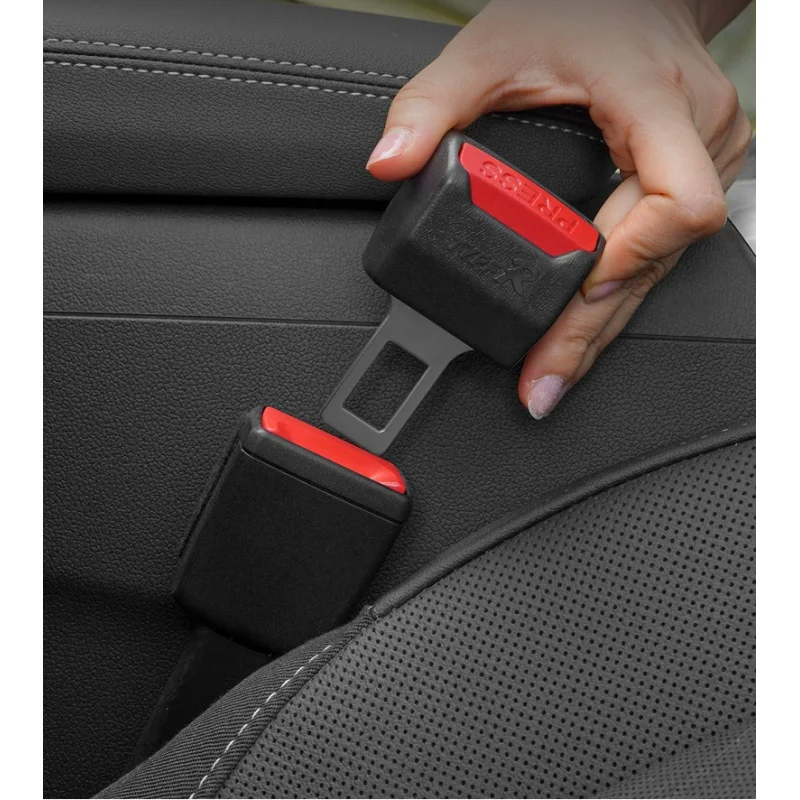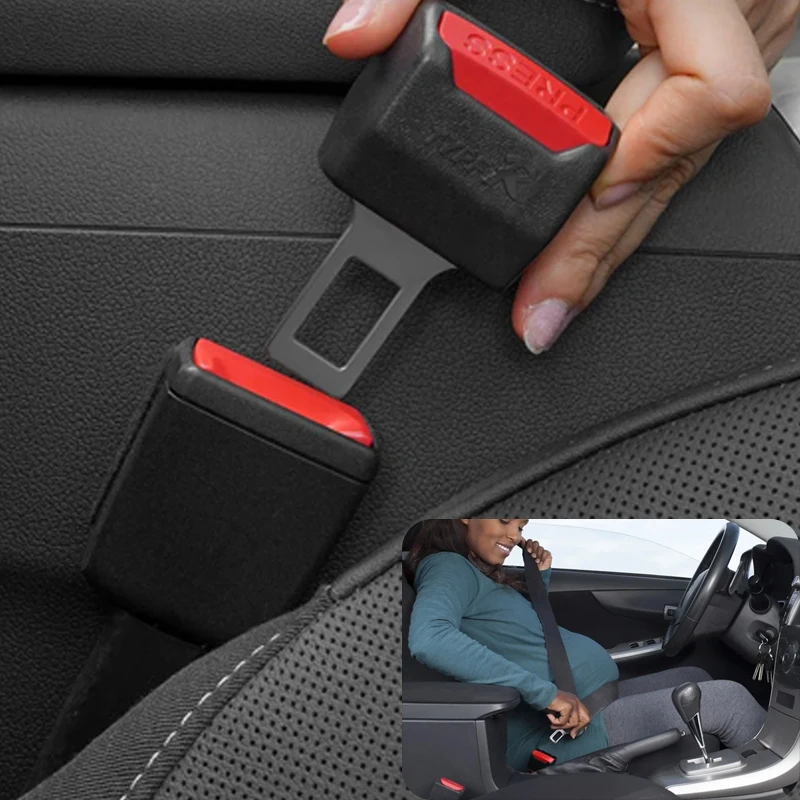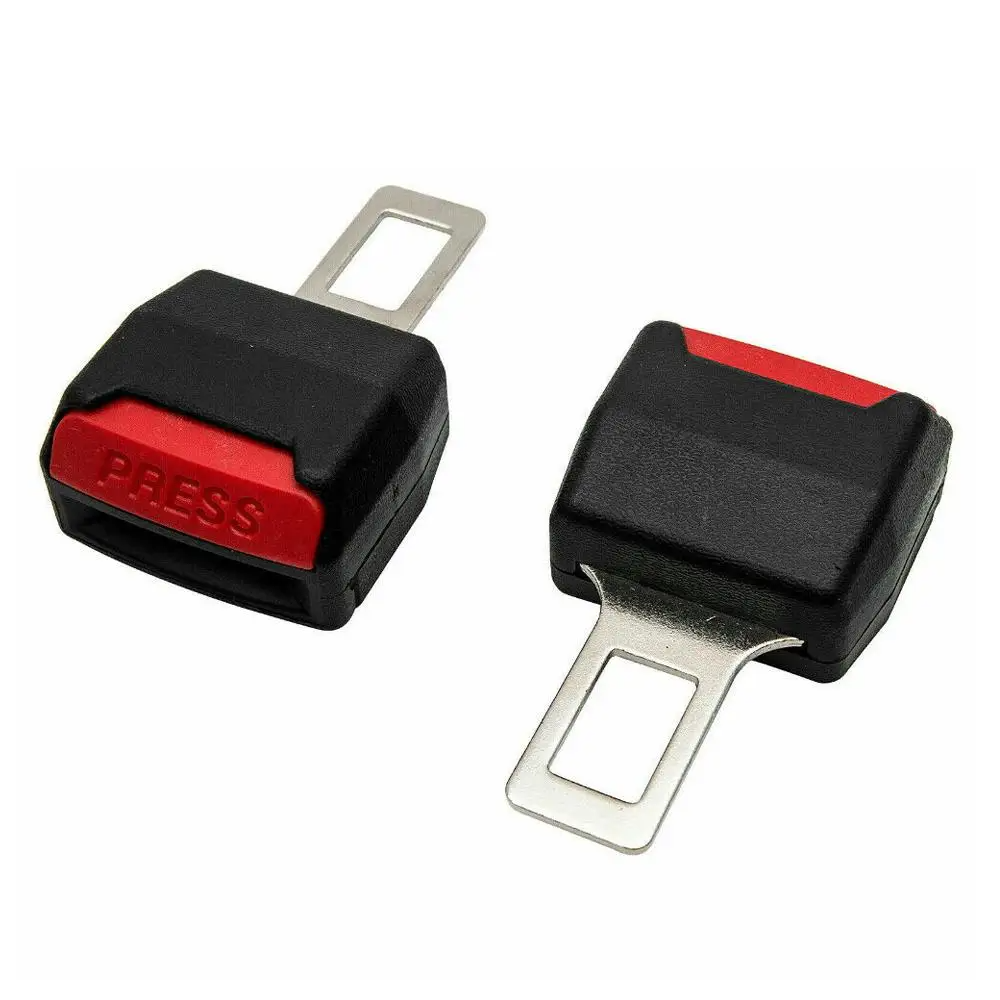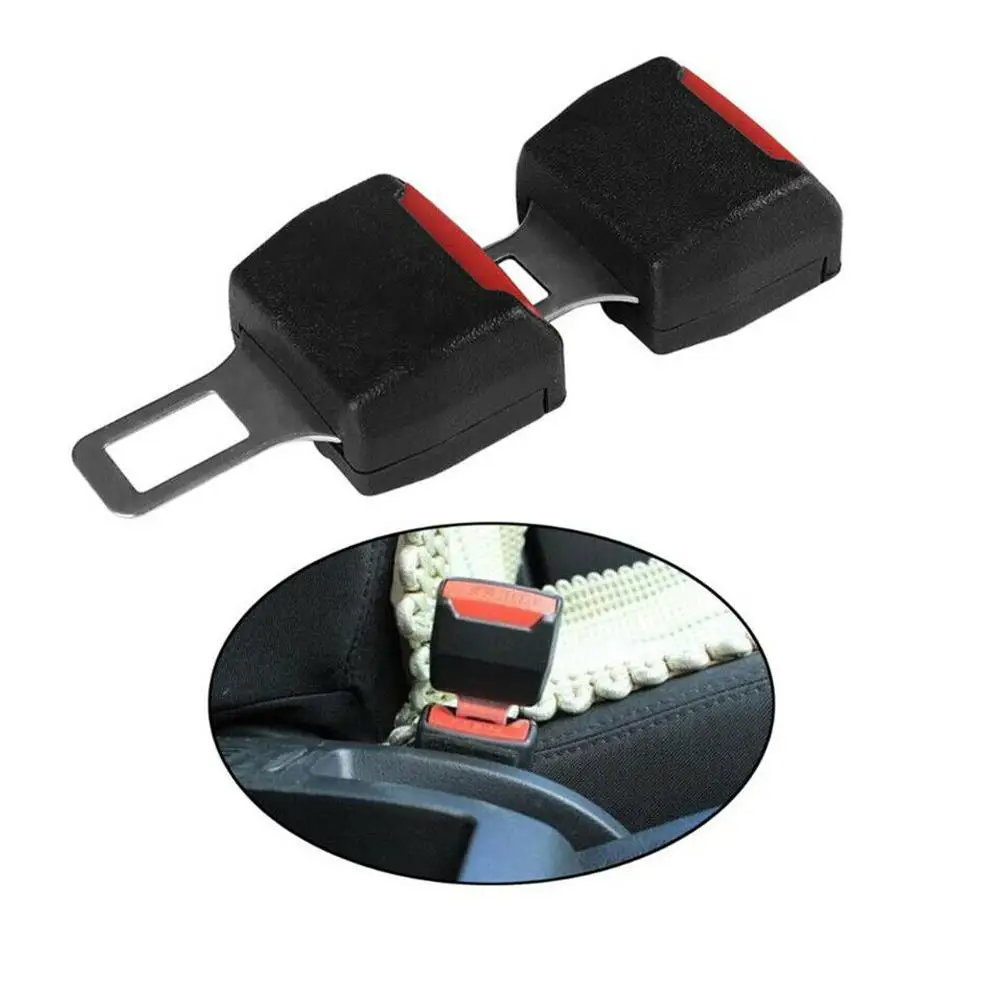Understanding the Need for Seat Belt Extenders
In the realm of automotive safety, seat belts stand as a fundamental pillar, significantly reducing the risk of injury or fatality in the event of an accident. However, standard seat belts may not accommodate every passenger comfortably or securely, necessitating the use of seat belt extenders. These simple yet crucial devices play a vital role in ensuring that all vehicle occupants, regardless of size or mobility, can benefit from the life-saving advantages of seat belts.

Who Benefits from Seat Belt Extenders?
Seat belt extenders serve a diverse range of individuals who might otherwise struggle with standard seat belt lengths. This includes:
- Plus-sized individuals who find regular seat belts too tight or insufficiently long to fasten properly.
- Pregnant women, whose belly circumference requires additional room for comfortable and safe restraint.
- Individuals with limited mobility or medical conditions, who need extra length to position the belt comfortably without compromising safety.
- Emergency service personnel, who may require extenders when wearing bulky equipment or protective gear during transit.
The Importance of Proper Fit and Usage
Ensuring Correct Installation
A seat belt extender is only effective when installed correctly. It functions by attaching to the existing seat belt buckle and latch mechanism, effectively lengthening the belt without altering its safety features. Users must ensure the extender’s compatibility with their vehicle model and seat belt type, as incorrect usage could compromise safety.
The Role of Comfort in Safety
Comfort is not merely a luxury when it comes to seat belts; it is a critical factor in safety. An ill-fitting seat belt can cause discomfort, encouraging passengers to loosen the belt or avoid wearing it altogether. Seat belt extenders address this issue by allowing the belt to sit snugly across the pelvis and ribcage – the areas where seat belts are designed to protect.
Types of Seat Belt Extenders and Their Features
Universal vs. Vehicle-Specific Models
Seat belt extenders come in two primary categories: universal and vehicle-specific. Universal extenders aim to fit a wide range of vehicles, offering flexibility and convenience. However, they may lack the precise fit and finish of vehicle-specific models, which are tailored to individual car makes and models, ensuring optimal performance and integration.
Adjustable Length and Locking Mechanisms
Modern extenders often feature adjustable lengths, enabling users to customize the fit according to their needs. This adjustability is coupled with secure locking mechanisms, guaranteeing that the belt remains taut and in place during travel. Some models even incorporate quick-release buttons for ease of use in emergencies.
Addressing Misconceptions Surrounding Seat Belt Extenders
Seat belt extenders, though designed to promote safety and inclusivity, are often surrounded by misconceptions that can deter their appropriate use or create misunderstandings about their legitimacy and effectiveness. Addressing these common myths is crucial to ensuring that all passengers understand the value and proper application of seat belt extenders.
Myth 1: Seat Belt Extenders Reduce Safety
Fact: When used correctly and in accordance with manufacturer and regulatory guidelines, seat belt extenders do not compromise safety. They are engineered to maintain the same level of protection as standard seat belts, undergoing rigorous testing to meet or exceed safety standards set by organizations like the NHTSA and UNECE. The key is to use extenders that are certified for the specific vehicle or, in the case of air travel, approved by the airline.
Myth 2: Any Seat Belt Extender Can Be Used on Any Vehicle or Aircraft
Fact: This is incorrect. Seat belt extenders are not universally interchangeable. Each extender is designed to fit specific seat belt systems, taking into account buckle types, webbing length, and compatibility with the vehicle or aircraft’s safety features. Using an incorrect extender can indeed reduce safety and may be illegal.
Myth 3: Only Overweight Individuals Need Seat Belt Extenders
Fact: While extenders are often associated with providing additional length for individuals who cannot comfortably fasten a standard seat belt, their use extends beyond weight considerations. Pregnant women, those with limited mobility or certain medical conditions, and even individuals wearing bulky clothing (e.g., winter coats) may require extenders to ensure a proper and safe fit.
Myth 4: Personal Seat Belt Extenders Are Acceptable for Air Travel
Fact: Personal extenders designed for road vehicles are typically not approved for use on aircraft. Airlines provide their own approved extenders that meet specific aviation safety regulations. Attempting to use a non-approved extender onboard can violate safety protocols and potentially lead to denied boarding or legal issues.
Myth 5: Seat Belt Extenders Are Difficult to Obtain or Require a Doctor’s Note
Fact: Most airlines readily provide seat belt extenders upon request, free of charge, without requiring any special documentation. For vehicles, extenders can be purchased from reputable sources, ensuring they meet the necessary safety standards. While some may feel hesitant to ask, it’s important to remember that safety always comes first, and requesting an extender is a normal and acceptable practice.
Myth 6: Using a Seat Belt Extender Is Embarrassing
Fact: Safety should never be a source of embarrassment. Many people require seat belt extenders for various reasons, and airlines and vehicle manufacturers recognize this need. Promoting a culture of safety over stigma encourages everyone to prioritize their well-being without hesitation.
By dispelling these misconceptions, we can foster a safer and more inclusive environment for all travelers, ensuring that seat belt extenders are understood and utilized appropriately for the enhanced security of every passenger.
Legal and Regulatory Considerations
Seat belt extenders, while designed to enhance safety and comfort, operate within a framework of strict legal and regulatory requirements. These guidelines exist to uphold the highest standards of passenger safety, mandating that extenders perform equivalently to OEM seat belts in crash scenarios. Understanding these considerations is crucial for manufacturers, distributors, and consumers alike.
Compliance with National Safety Standards
In the United States, the National Highway Traffic Safety Administration (NHTSA) sets the benchmark for seat belt extender safety. Under Federal Motor Vehicle Safety Standard (FMVSS) No. 209 and FMVSS No. 210, seat belts and their components, including extenders, must meet stringent performance criteria. These standards dictate the strength, durability, and functionality of seat belt systems to minimize injury risks in accidents.
Manufacturers must submit their products for testing and certification, verifying compliance through rigorous laboratory tests simulating various collision scenarios. This process ensures that seat belt extenders do not compromise the integrity of the vehicle’s overall safety system.
International Regulations and Harmonization
Beyond national boundaries, international standards also play a significant role. The United Nations Economic Commission for Europe (UNECE) Regulation No. 16, for instance, outlines similar safety requirements for seat belts and their components across multiple countries. Compliance with such international standards fosters global harmonization, enabling manufacturers to produce extenders suitable for international markets while maintaining consistent safety levels.
Air Travel Specifics: FAA and ICAO Regulations
The discussion of seat belt extenders would be incomplete without addressing their unique role in air travel. The Federal Aviation Administration (FAA) in the U.S. and the International Civil Aviation Organization (ICAO) globally regulate the use of seat belt extensions on aircraft. Airlines are responsible for providing approved extenders that meet specific aviation safety standards, distinct from those for road vehicles.
Personal seat belt extenders designed for road vehicles generally cannot be used on airplanes due to differences in safety requirements and emergency evacuation protocols. Airlines have strict guidelines on the use, storage, and distribution of approved extenders to ensure compliance with aviation safety regulations.
Consumer Awareness and Responsibility
Consumers also bear responsibility in understanding the legal implications of using seat belt extenders. Purchasing and using extenders that are not certified or approved can lead to potential legal liabilities in the event of an accident. It is imperative for consumers to verify the authenticity and compliance of the extender with the relevant regulatory body before purchase and use.
Moreover, users should be aware of any state or local laws that might govern the modification of vehicle safety equipment. While seat belt extenders are generally accepted and encouraged for safety and accessibility, some jurisdictions might have specific rules regarding their installation and usage.
Conclusion: Embracing Safety for Everyone
Seat belt extenders are more than mere accessories; they are essential tools in promoting inclusivity and safety within the realm of transportation. By addressing the unique needs of various passengers, extenders underscore the importance of proper seat belt fit and comfort, debunking myths and fostering a culture of responsible driving and flying. As technology advances and awareness grows, seat belt extenders continue to evolve, ensuring that no one is going to leave behind in the quest for universal safety on the roads and in the skies.




